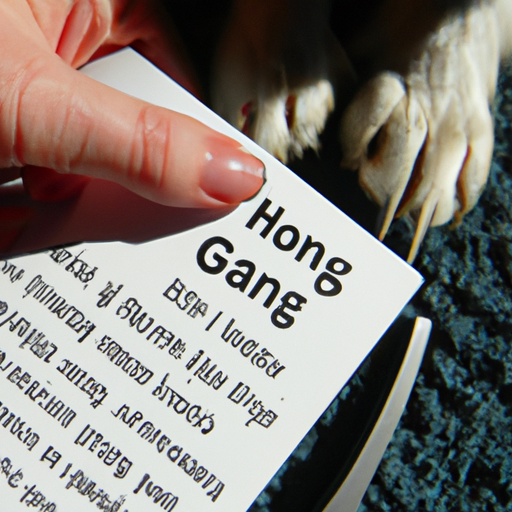Understanding Your Dog’s Nail Anatomy
First and foremost, it’s important to understand the anatomy of your dog’s nails. The outer hard shell is the nail while the inner softer part is the quick – a sensitive region that is rich in blood vessels and nerves. Accidentally cutting into the quick can cause your dog discomfort and bleed.
Preparing Your Dog for Nail Trimming
Before you start, ensure that both you and your dog are in a relaxed state. Patience and calmness will go a long way in making this process less stressful.
- Choose a quiet, comfortable place with good lighting.
- Get your dog accustomed to having their paws handled.
- Reward them with treats or praises to make the experience positive.
Alternative Tools to Clippers
Clippers may not always be the best option for every dog. Here are some alternatives:
- Nail Grinders: These work by grinding down the nail instead of cutting. They offer more control and reduce the risk of cutting into the quick.
- File Boards: Similar to a nail file for humans, file boards are used to gently sand down the nail.
- Scratch Boards: These are boards with sandpaper attached. You can train your dog to scratch their nails against the board, thereby trimming them.
| Tool | Pros | Cons |
|---|---|---|
| Nail Grinder | More control, less risk of injury | May cause vibrations and noise that can scare some dogs |
| File Board | Gentle, no risk of cutting into the quick | Can be time-consuming |
| Scratch Board | Dog does the work, can be a fun activity | Requires training, not suitable for all dogs |
The Process of Trimming
Once you’ve chosen your tool, it’s time to start trimming.
- Hold your dog’s paw firmly but gently.
- Trim or grind a small bit of the nail at a time, checking frequently to avoid cutting into the quick.
- If the nails are dark and you can’t see the quick, look for a chalky white ring – this indicates you’re getting close.
- Smooth out any rough edges with a nail file or the grinder.
Caring for Your Dog’s Paws Post-Trimming
After trimming your dog’s nails, give them a paw massage. This not only feels great for your dog but also helps to relieve any stress from the trimming process. Check for any signs of discomfort like limping or excessive licking of the paws.
Frequently Asked Questions
- How often should I trim my dog’s nails?
-
This can vary depending on your dog’s lifestyle and breed, but a general rule is once a month.
-
What if I accidentally cut into the quick?
-
Don’t panic! It can be distressing, but it’s not life-threatening. Apply a styptic powder to stop the bleeding and soothe the area.
-
My dog absolutely hates getting their nails trimmed. What can I do?
- Patience and positive reinforcement are key. Start slow, reward them frequently, and consider seeking professional help if necessary.
In conclusion, nail trimming is an essential part of your dog’s grooming routine. By understanding their anatomy, preparing them properly, choosing the right tools, and following the correct process, you can ensure a smooth and stress-free experience for both you and your furry friend.



